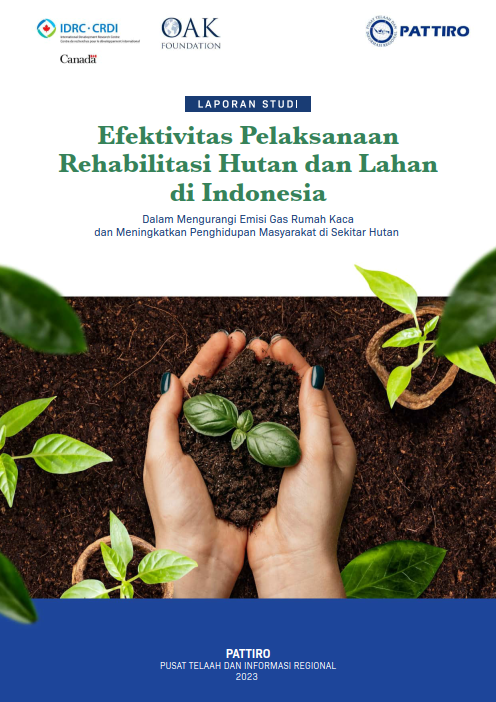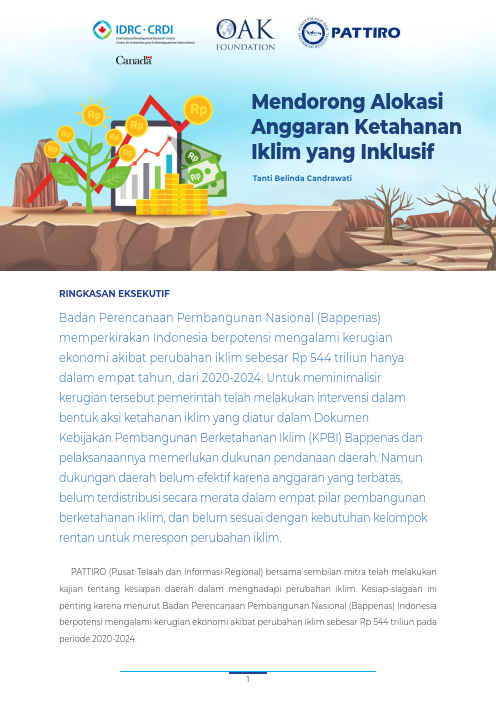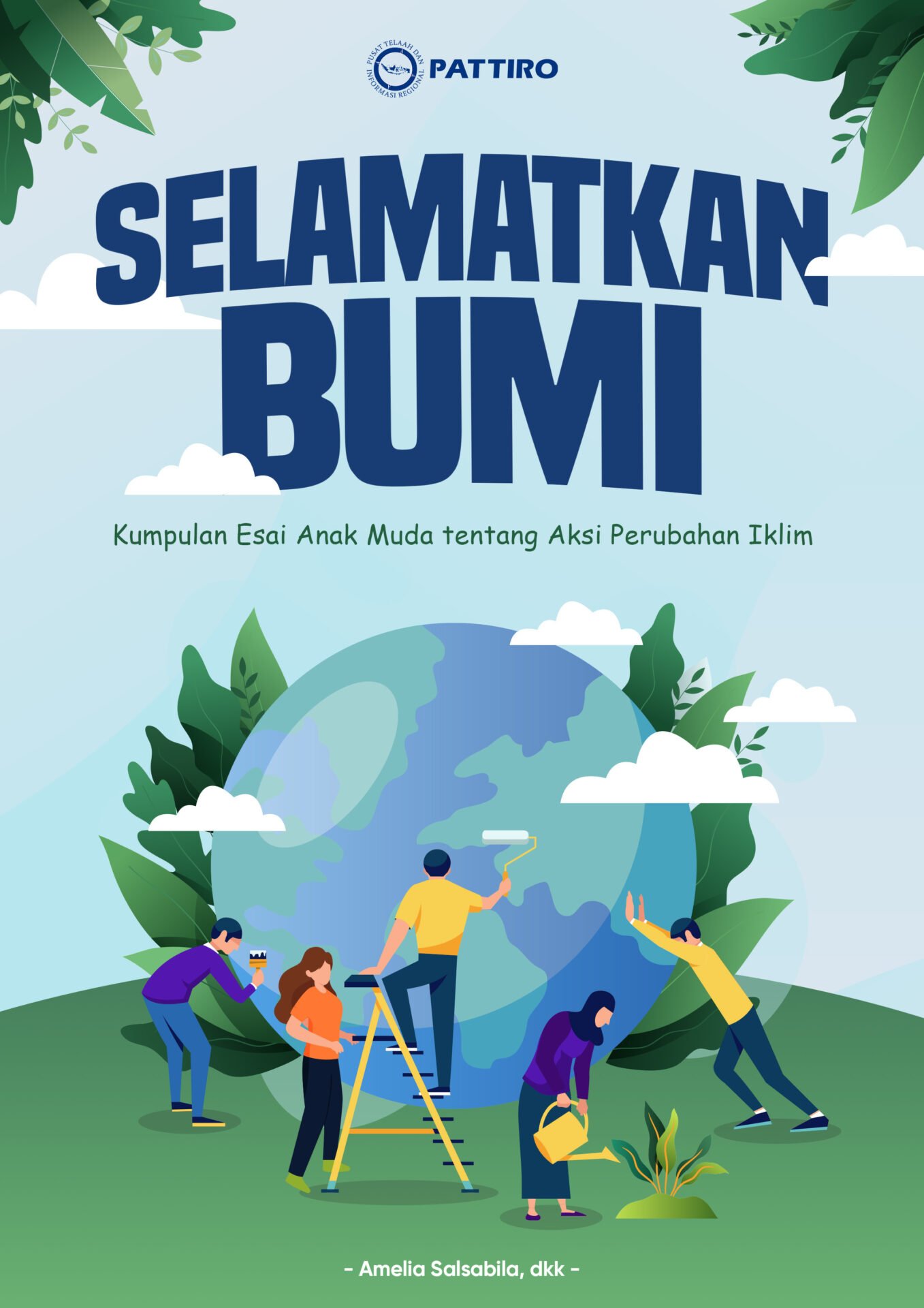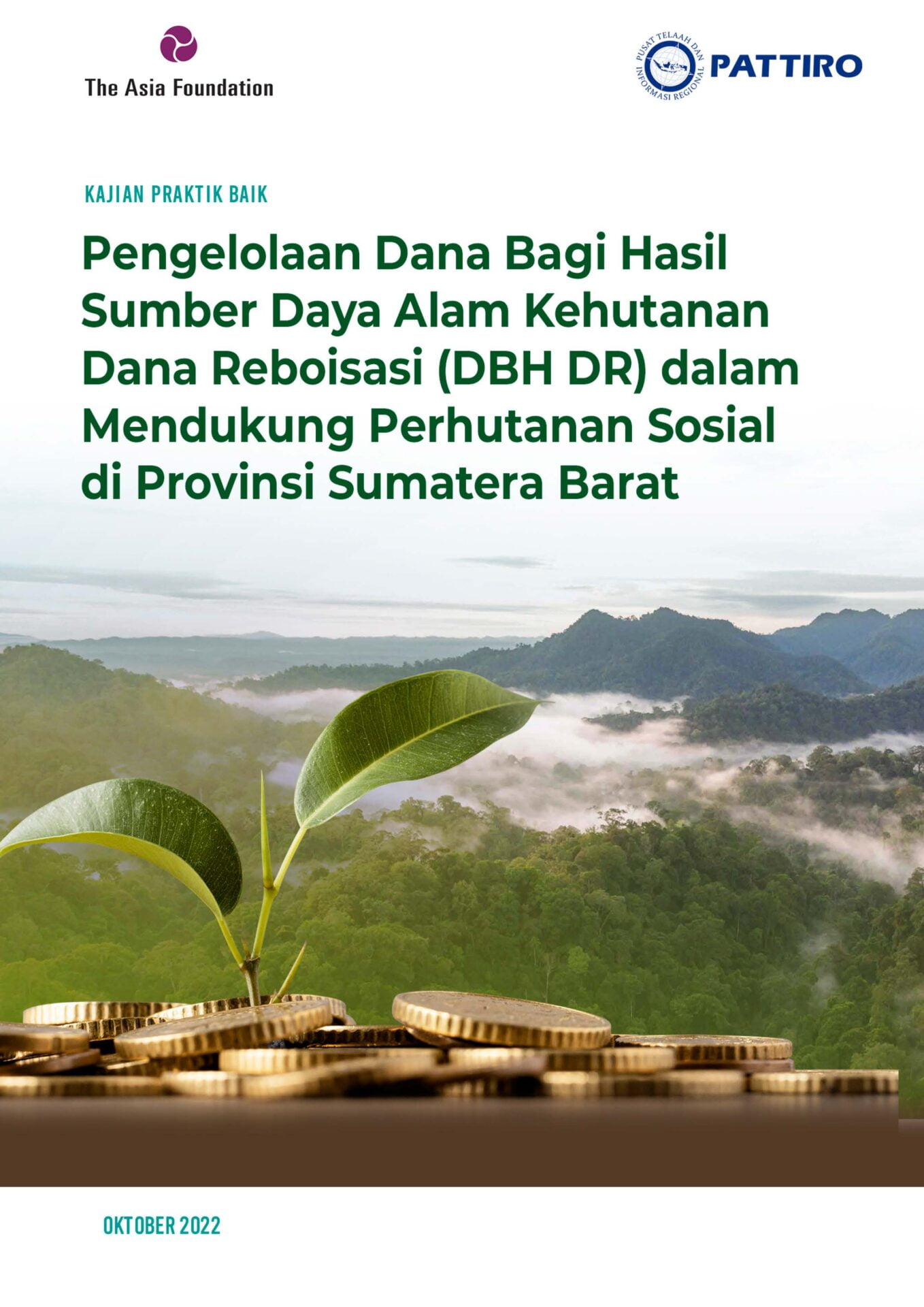 Raja Ampat Regency is one of the newly created districts in West Papua Province, which was split from Sorong Regency, based on Law Number 26 of 2002 concerning the Expansion of 14 Districts in Papua Province. As a new autonomous region that is still young, Raja Ampat Regency, on the one hand, is faced with the reality of limitations in various aspects; especially infrastructure, human resources, and institutions. However, on the other hand, the Raja Ampat Regency Government still has to demonstrate its performance in realizing regional development and improving people’s welfare.
Raja Ampat Regency is one of the newly created districts in West Papua Province, which was split from Sorong Regency, based on Law Number 26 of 2002 concerning the Expansion of 14 Districts in Papua Province. As a new autonomous region that is still young, Raja Ampat Regency, on the one hand, is faced with the reality of limitations in various aspects; especially infrastructure, human resources, and institutions. However, on the other hand, the Raja Ampat Regency Government still has to demonstrate its performance in realizing regional development and improving people’s welfare.
With the conditions of limitations in various aspects as mentioned above, of course it has an impact on access to education for residents of Raja Ampat Regency, who generally live on small and remote islands. Although, recently, quite a number of Raja Ampat residents have continued their education up to university, the education level of the majority of the population is at the basic education level (Elementary School).
Raja Ampat statistical data in figures for 2012 states that among residents aged 10 years and over (31,556 people), 36.81% of them only graduated from elementary school, 18.83% graduated from junior high school, 9.63% finished high school, 2 .84% graduated from university, and around 31.89% did not have a diploma. Ironically, indeed, when the government was concentrating on launching the 12-year Compulsory Basic Education Program, in Raja Ampat Regency there were still around 11,615 residents whose education level was only up to primary school; in fact, those who do not have a diploma reach more than 10,000 residents.
Against the background of the educational conditions described above, this Position Paper was prepared as a form of concern for and participation of civil society towards the development of education in Raja Ampat Regency; in particular, elementary education. The preparation of this paper is also based on the results of an analysis of the Raja Ampat Regency Regional Revenue and Expenditure Budget (APBD) for 2009 – 2013, and other regional planning and development documents.




